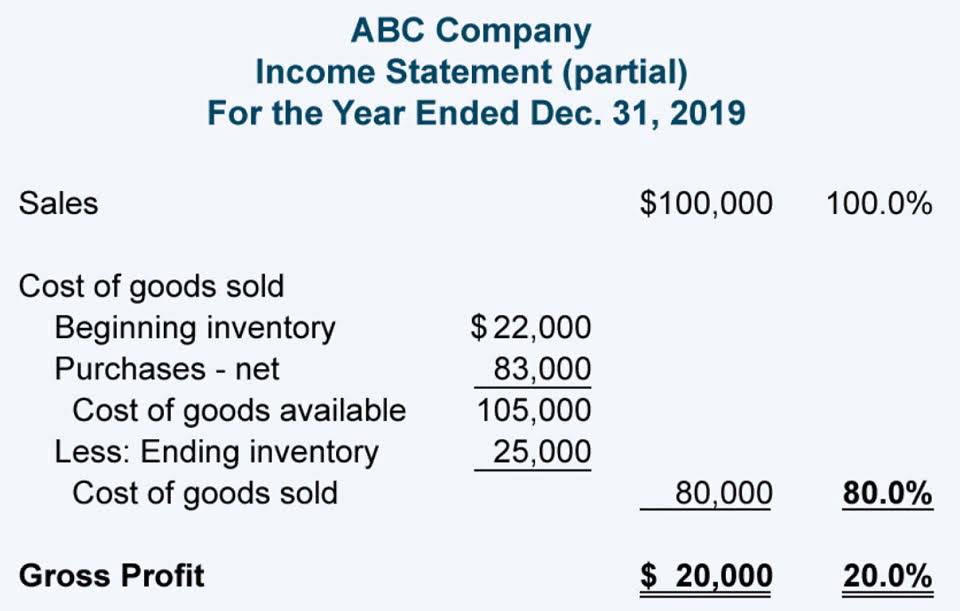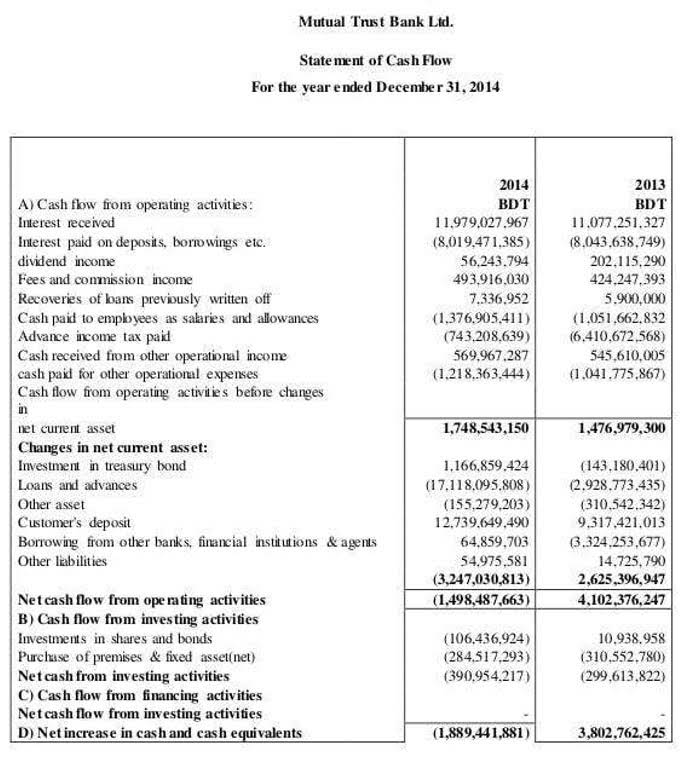
At Finance Strategists, we partner with financial experts to ensure the accuracy of our financial content. 11 Financial may only transact business in those states in which it is registered, or qualifies for an exemption or exclusion from direct vs indirect statement of cash flows registration requirements. 11 Financial’s website is limited to the dissemination of general information pertaining to its advisory services, together with access to additional investment-related information, publications, and links.
Direct vs indirect cash flow accounting: key differences
As you navigate your business finances, let’s demystify the difference between these methods and equip you with the knowledge to analyze cash flows more effectively. Using this method, cash flow is calculated through modifying the net income by adding or subtracting differences that result from non-cash transactions. This method measures only the cash received, typically from customers, and the cash payments made, such as to suppliers. These inflows and outflows are then calculated to arrive at the net cash flow. Items that are added or subtracted include accounts receivables, accounts payables, amortization, depreciation, and prepaid items recorded as revenue or expenses in the income statement because they are non-cash. As we discussed earlier, the size of your business can determine if the direct vs indirect cash flow method is better for you.
Direct Cash Flow vs. Indirect Cash Flow Method Key Differences
In this instance, Net Income will therefore be equal to a firm’s actual cash flows from operations. The direct method of cash flow shows the actual cash transactions, like money received from customers and paid to suppliers. The indirect method starts with your net profit and adjusts for things that don’t involve actual cash, like depreciation.
Direct cash flow
- 11 Financial may only transact business in those states in which it is registered, or qualifies for an exemption or exclusion from registration requirements.
- Alternatively, the direct method begins with the cash amounts received and paid out by your business.
- Meanwhile, the direct method provides a precise and clear understanding but can be time-consuming and challenging for businesses with extensive transactions.
- This helps ensure you have enough cash for daily operations, making informed investment decisions, managing debts, and setting realistic financial goals.
- Here are some of the main benefits that you’ll find from using the direct method for cash flow statements.
- Thus, it has already recognized the total $9,000 effect on cash (including the $2,000 gain) as resulting from an investing activity.
This excludes any items like accrued expenses or earned revenues that have not yet resulted in a cash outflow or inflow. While both methods will provide you with the same net cash flow calculation, they each come with their own benefits and drawbacks that may make one option better suited for your business. While the indirect method is widely preferred, the Financial Accounting Standards Board recommends https://www.bookstime.com/ the direct method for its transparency. Regardless of the method used, both approaches ultimately report the same total cash generated from operating activities. Accruing tax liabilities in accounting involves recognizing and recording taxes that a company owes but has not yet paid. Under the direct method, the information contained in the company’s accounting records is used to calculate the net CFO.

Investors often seek clarity on a company’s ability to generate cash, which underpins dividend payments and capital appreciation. Both methods can offer insights, but the indirect method, due to its widespread use, might be more familiar to most investors. Hence, while the direct method offers a lucid view of cash transactions, it might not always be the most efficient or comprehensive method for all businesses or stakeholders. The cash flow statement does not replace the income statement as it only focuses on changes in cash. In contrast, the income statement is important as it provides information about the profitability of a company.

How To Choose Between The Direct & Indirect Cash Flow Method?

This information is helpful so that management can make decisions on where to cut costs. It also helps investors and creditors assess the financial health of the company. The changes in the value of cash balance due to fluctuations in foreign currency exchange rates amount to $143 million. Cash-out transactions in CFF happen when dividends are paid, while cash-in transactions occur when the capital is raised. Cash-out items are those changes caused by the purchase of new equipment, buildings, or marketable securities. This content is presented “as is,” and is not intended to provide tax, legal or financial advice.
When to use the indirect cash flow method?
When an accrued liability (such as salaries payable) increases, the related operating expense (salaries expense) on a cash basis decreases. (For example, the company incurred more salaries than it paid.) Decreases in current liabilities have just the opposite effect on cash flows. A short term notes payable from a bank would be treated as a financing activity and not an operating activity. A short term notes payable from a bank would be treated as a financing activity and not an operating activity. As such, it ties up the Cash Flow Statement with a firm’s other financial statements. In an attempt to streamline their accounting practices, most companies nowadays apply the Indirect method for their statement of cash flows.
- Items that are added or subtracted include accounts receivables, accounts payables, amortization, depreciation, and prepaid items recorded as revenue or expenses in the income statement because they are non-cash.
- She is also founder of White Paper Works, a firm dedicated to crafting high-quality, long-from content.
- It’s important to remember that the indirect method is based on information from your income statement, which could have certain limitations.
- Positive cash flow reveals that more cash is coming into the company than going out.
- As a result, the indirect method could provide a company with a misleading figure for their current cash position.
- Smaller firms with fewer sources of income will find it easier to work with the direct method than larger firms, while this also gives better visibility to assist with short-term planning.
- The company paid $150,000 in cash to suppliers for inventory, $75,000 in cash to employees, $25,000 in cash for rent and utilities, and $10,000 in cash for taxes.



Connect with us